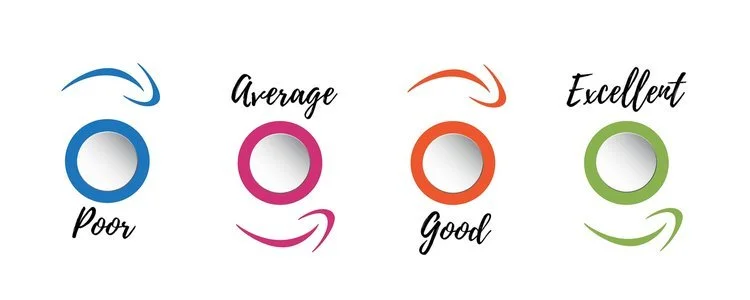The Folly of Presidential Approval Ratings
In August 1864, Abraham Lincoln’s popularity had plummeted. Mounting battlefield losses, a nation angry that victory seemed no closer and divisions in his own party led New York Tribune editor Horace Greeley to declare: “Mr. Lincoln is already beaten. He cannot be elected.” Some in his party wanted to replace him as their candidate. As Greeley put it, “we must have another ticket to save us from utter overthrow.” Had there been public approval polls, we can imagine how low Lincoln’s rating would have been.
In a 2021 C-SPAN presidential historians survey, Lincoln received the highest ranking of any president based on ten different factors of presidential leadership. In a 2011 Gallup Poll that asked Americans to name our greatest president, Lincoln ranked second. Clearly, the judgment of history is more reliable than judgments made in the heat of current events. There ought to be a lesson in that. Actually, there are several.
Today we’re used to instantly rating everything – from restaurants to consumer products to assigning “likes” to social media posts. The psychology behind this has invaded politics – not just occasional polls but even to “daily tracking” of a president’s approval. Fodder for conversations, social media and opinion columns, presidential approval ratings are ubiquitous. Yet they can mislead and misjudge. Popularity is not the same thing as effectiveness.
The ten factors historians used in the 2021 C-Span survey included, for example, economic management, moral authority, international relations, and pursuit of equal justice. As historians remind us, it can take decades to make objective and reasoned judgments about what a president does today.
This is also true because quick judgments are prone to cognitive mistakes, such as the availability bias in which we give undue weight to the most available information. Seeing mostly negative news coverage of a president, we assume he is doing a very poor job. A disappointing jobs report convinces us the president is managing the economy poorly. A good report convinces us of just the opposite, though both are single points in time, often only a month apart.
The recency effect, another cognitive bias, showed up in the 2011 Gallup Poll. The top four “greatest” presidents accounted for 57 percent of responses. Three of them served since 1960 (Kennedy, Reagan, Clinton) so it’s easier to recall information about them. Missing from that select group were George Washington, Franklin Delano Roosevelt, Theodore Roosevelt, Harry Truman and Andrew Jackson.
The action bias is another trap in rating presidents. We prefer action over inaction. The former suggests strength and power and may have roots in our evolutionary history, where inaction in the face of imminent danger meant death. So we evaluate a president who takes action as better than one who does not. The fact that action, such as bold promises and committing American forces in a far-off-war, might be later seen as political theater and military folly is submerged in our thinking in the moment. Thus, when President George W. Bush invaded Iraq in 2003, he had widespread approval. Just three years later, the war seemed ill-advised and a failure. Often, restraint in a president is the wiser course than taking action.
A public driven by attention to ratings can signal to presidents that long-term thinking is just not worth it. As citizens, we too seldom think long-term. Yet we should value presidents who do.
When Gerald Ford pardoned Richard Nixon on September 8, 1974, his approval rating sank from 71 to 50 percent in just six weeks. His aides had warned this would happen, but he did it anyway. Commentators, columnists and most Americans viewed the pardon as a “secret deal” that let Nixon escape justice. It would cost Ford the presidency in 1976. In 1975, Richard Reeves, a former New York Times columnist, wrote a scathing book about Ford’s presidency titled “A Ford, not a Lincoln.” Yet in 1996, Reeves wrote a piece for American Heritage which he titled “I’m Sorry, Mr. President.” “Ford had the guts to take the hit,” he apologized. “I, for one, did not have the sense to calm down and get beyond the obvious and into what he might have been thinking.”
Some presidents seeking re-election ask voters to think about “are you better off now than you were four years ago?” Ford, concerned about healing the nation, took a different view. Asked by a writer helping him with his autobiography, A Time to Heal, what he considered the difference between a politician and a statesman, Ford said “A politician is interested in the next election. A statesman is concerned about the next generation.”
We might help America if we ignored the “presidential ratings game” and evaluated presidents on how what they are doing now will help the next generation – and perhaps the one after that as well.
Photo Credit: Gerald Altman @ pixabay







